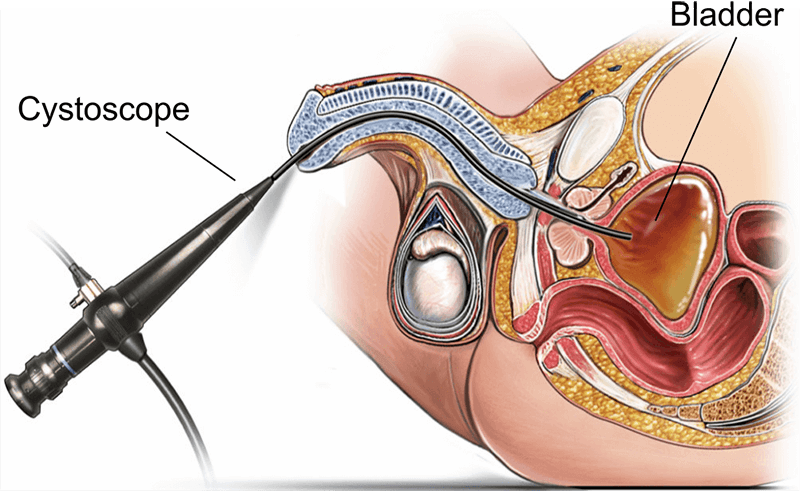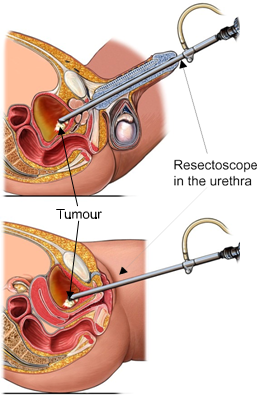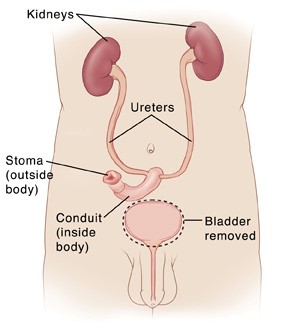Services for Bladder Cancer
2024/05/15
Cystopscopy is the main diagnostic test for bladder cancer. The procedure enables the doctor the interior of the bladder and urethra using a thin, illuminated tube known as a cystopscope. It is an outpatient procedure performed under local anaesthesia at the urology centre.

Transurethral Resection of Bladder Tumour (TURBT) is a minimally invasive procedure for removing of bladder tumours. This technique serves both diagnostic and therapeutic purposes, allowing the examination of the tumour under a microscope and the complete removal of all visible tumours. In some cases, a second TURBT may be necessary after several weeks to confirm the complete removal of cancer and to ensure the accuracy of the initial staging. TURBT is effective in eradicating non-muscle invasive bladder cancer.

Although TURBT can eradicate non-muscle invasive bladder cancer, there remains a possibility of recurrence (cancer returning) within the bladder. The likelihood of recurrence can be reduced by instilling medications within the bladder several weeks after the completion of TURBT.
This medication is known as Bacillus-Calmette Guérin (BCG), a live but attenuated bacteria similar to the BCG used in Singapore's national vaccination programme against tuberculosis. The BCG bacteria is introduced as a solution into the bladder through a urinary catheter. This BCG induces inflammation of the bladder wall, stimulating the immune system to eliminate any cancer cells that may be present in the bladder.
The drug stays in the bladder for two hours before being drained out through the urinary catheter, or is expelled when urine is passed. The recommended number of BCG instillation sessions depends on the aggressiveness of the original bladder cancer, but most patients typically undergo at least six weekly sessions and a booster of three weekly sessions three months later. The urologist will advise accordingly.
The primary treatment for curing muscle-invasive bladder cancer involves surgically removing the urinary bladder. This procedure is performed through an open surgery. A section of the small intestine is used to form a conduit (pouch) that collects urine from the kidneys. This pouch facilitates urine drainage out of the body through an opening created in the abdominal wall known as a stoma. In certain cases, the small intestine can be used to construct a new urinary bladder (neobladder), enabling patients to urinate through the urethra.

Radiation therapy is a viable option for bladder preserving in patients ineligible for surgery or those opting against surgical intervention. While outcomes from radiotherapy alone are less favourable than complete bladder removal, combining it with chemotherapy (chemoradiation) can yield acceptable results. Side effects may include mild to severe irritation of the bladder and digestive tract, as well as blood in the urine or stools, incontinence, increased risk of infections, and the development of fistulas (abnormal passages that develop between organs).
After any form of cancer treatment, regular follow-up is essential. If the bladder has not been removed, regular cystoscopy is recommended to promptly detect any cancer recurrence. Additionally, regular scans will be scheduled to monitor and ensure the cancer does not return in the lymph nodes, kidneys, ureters and other organs.




















